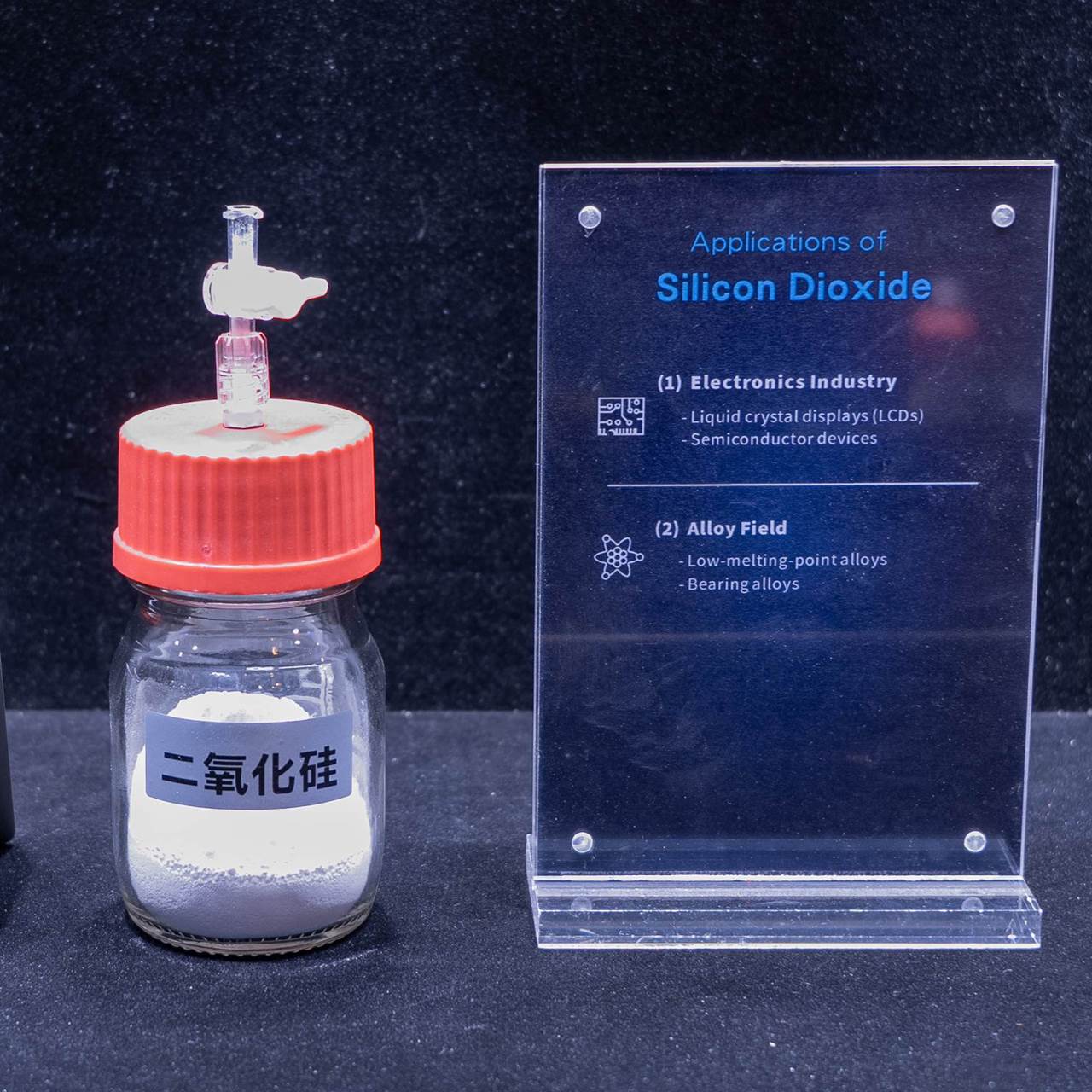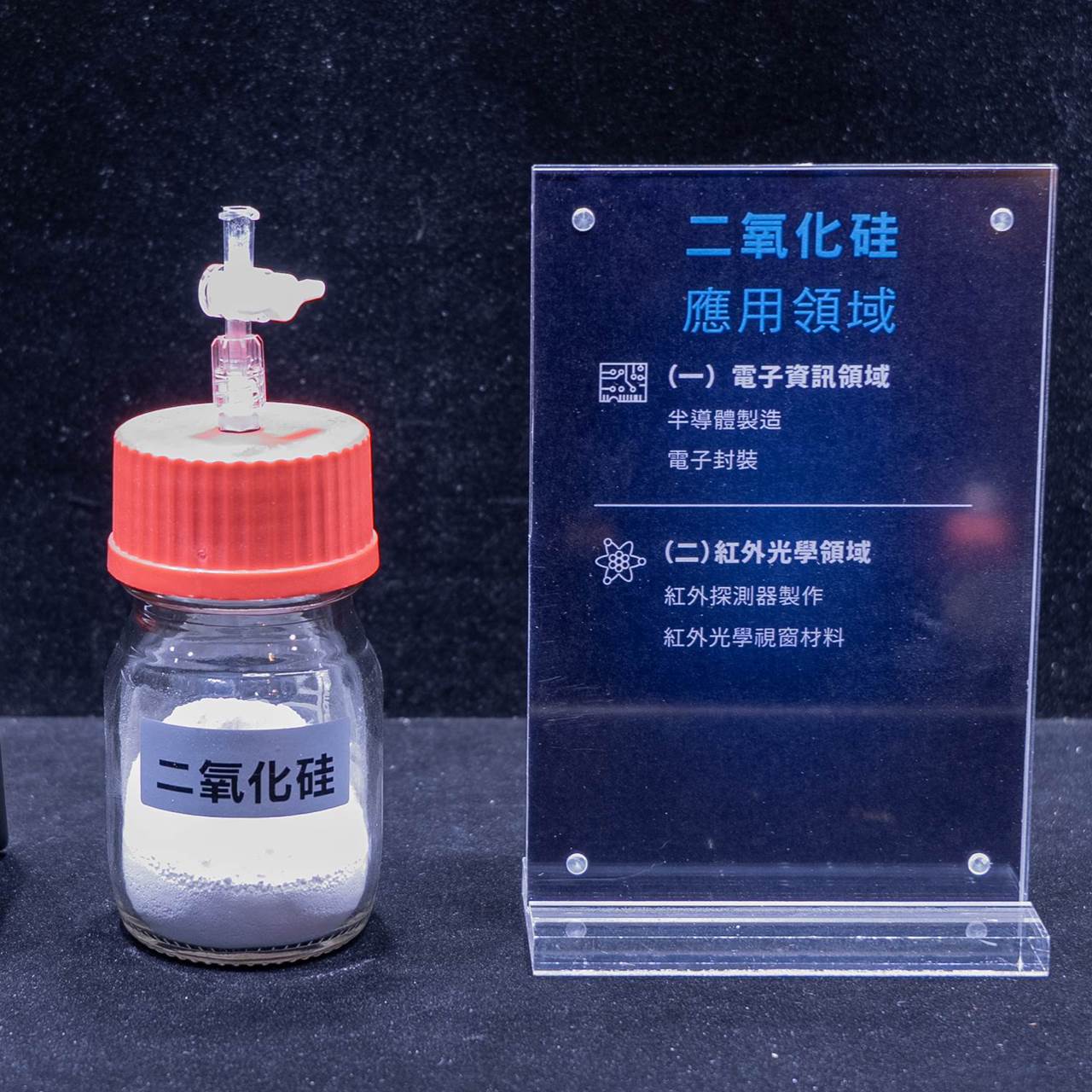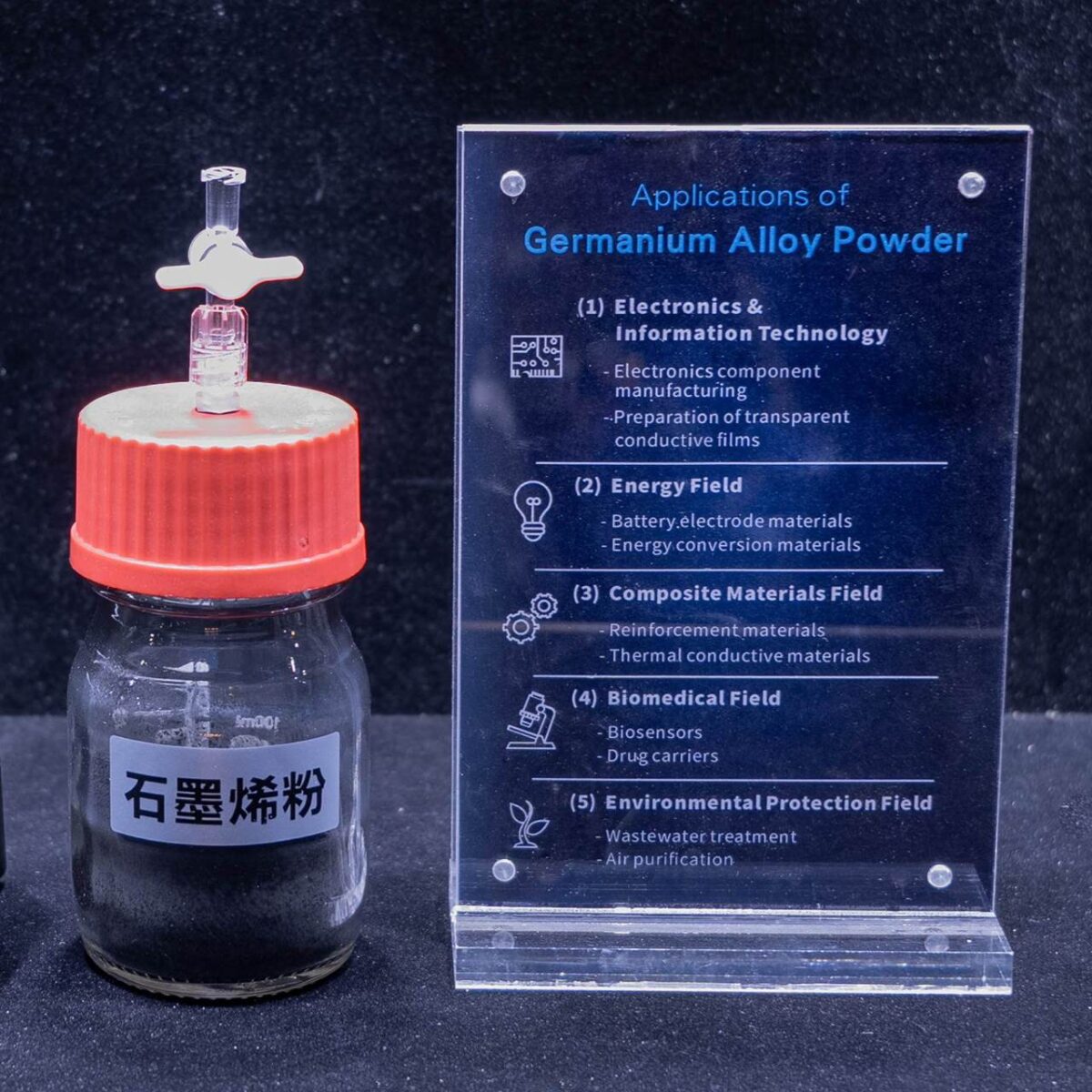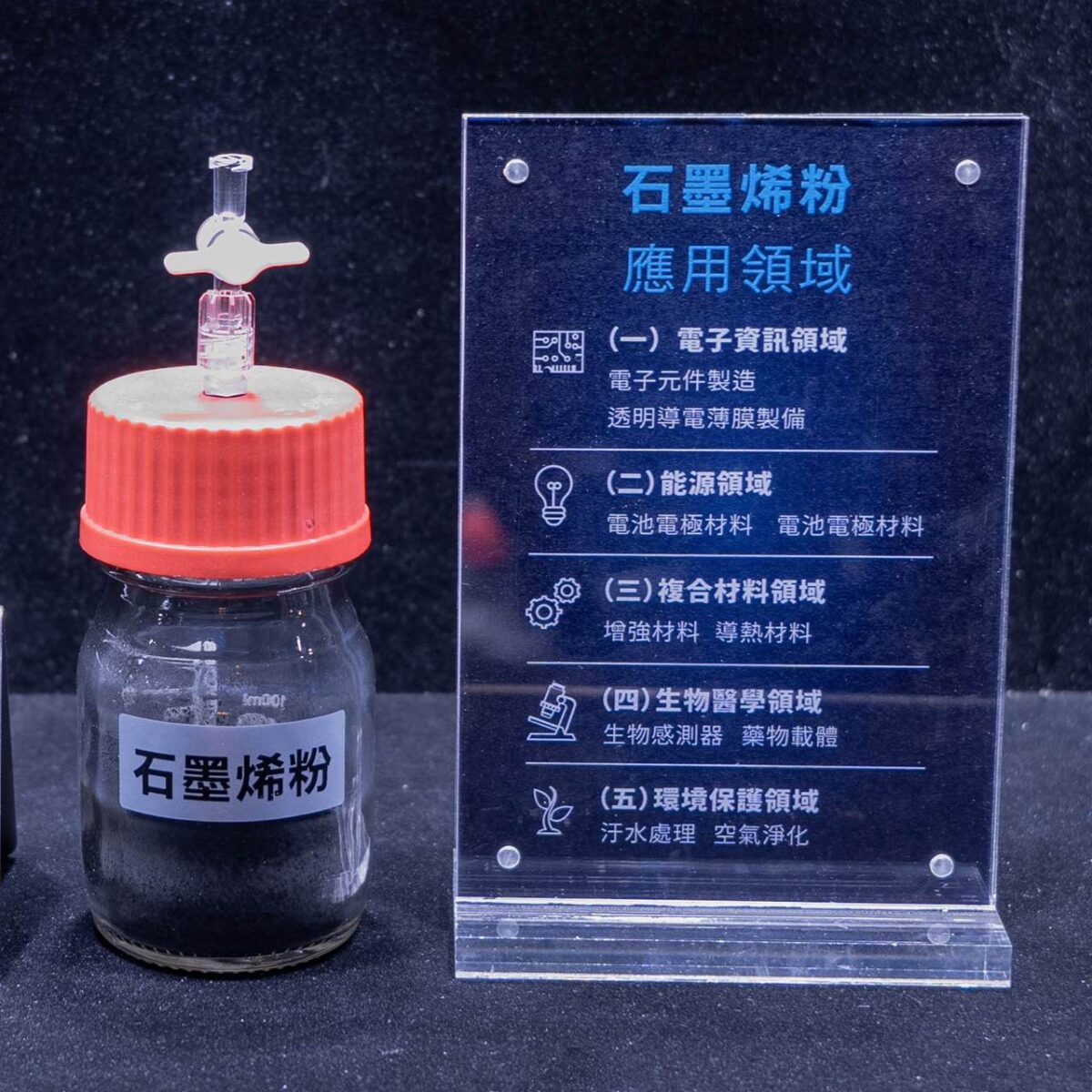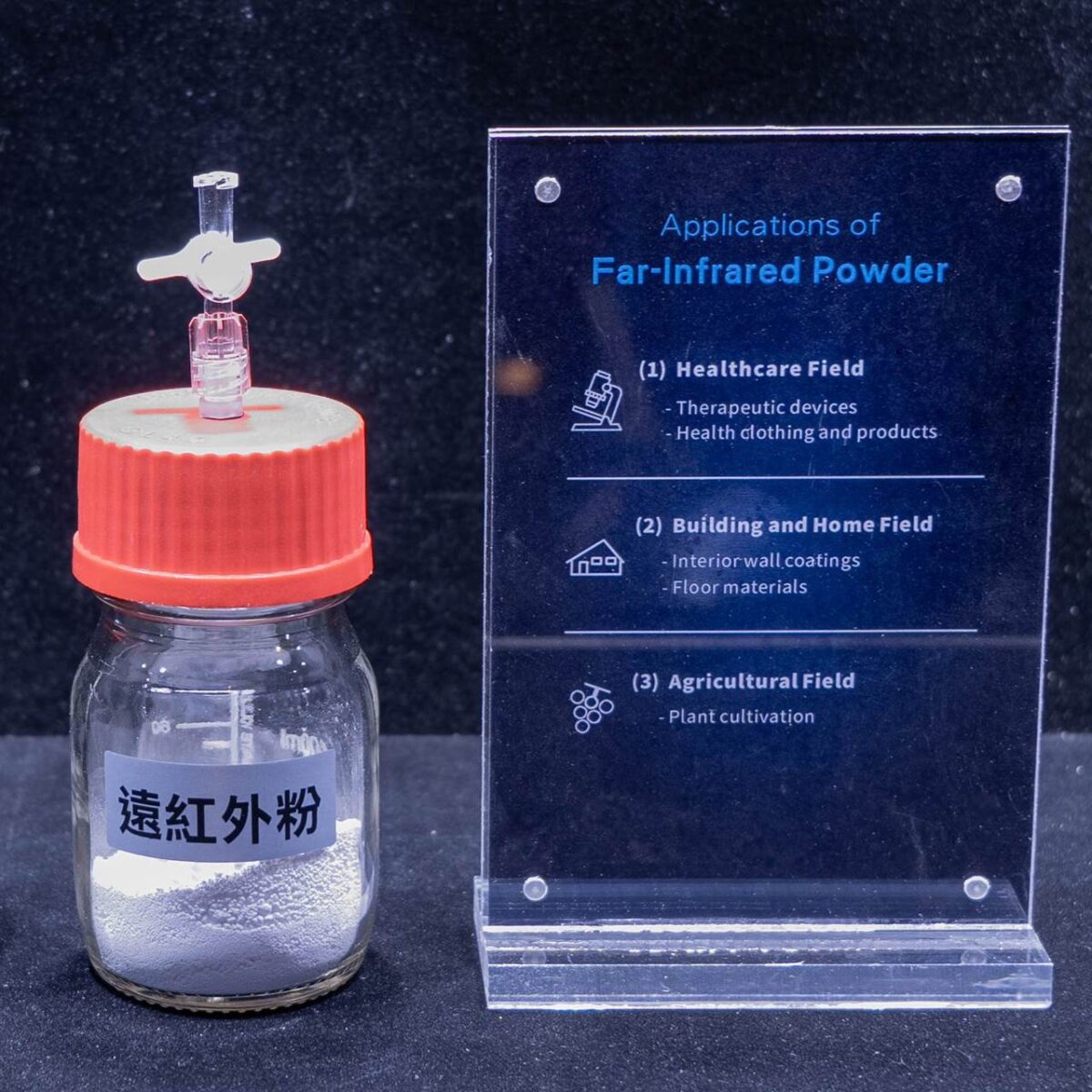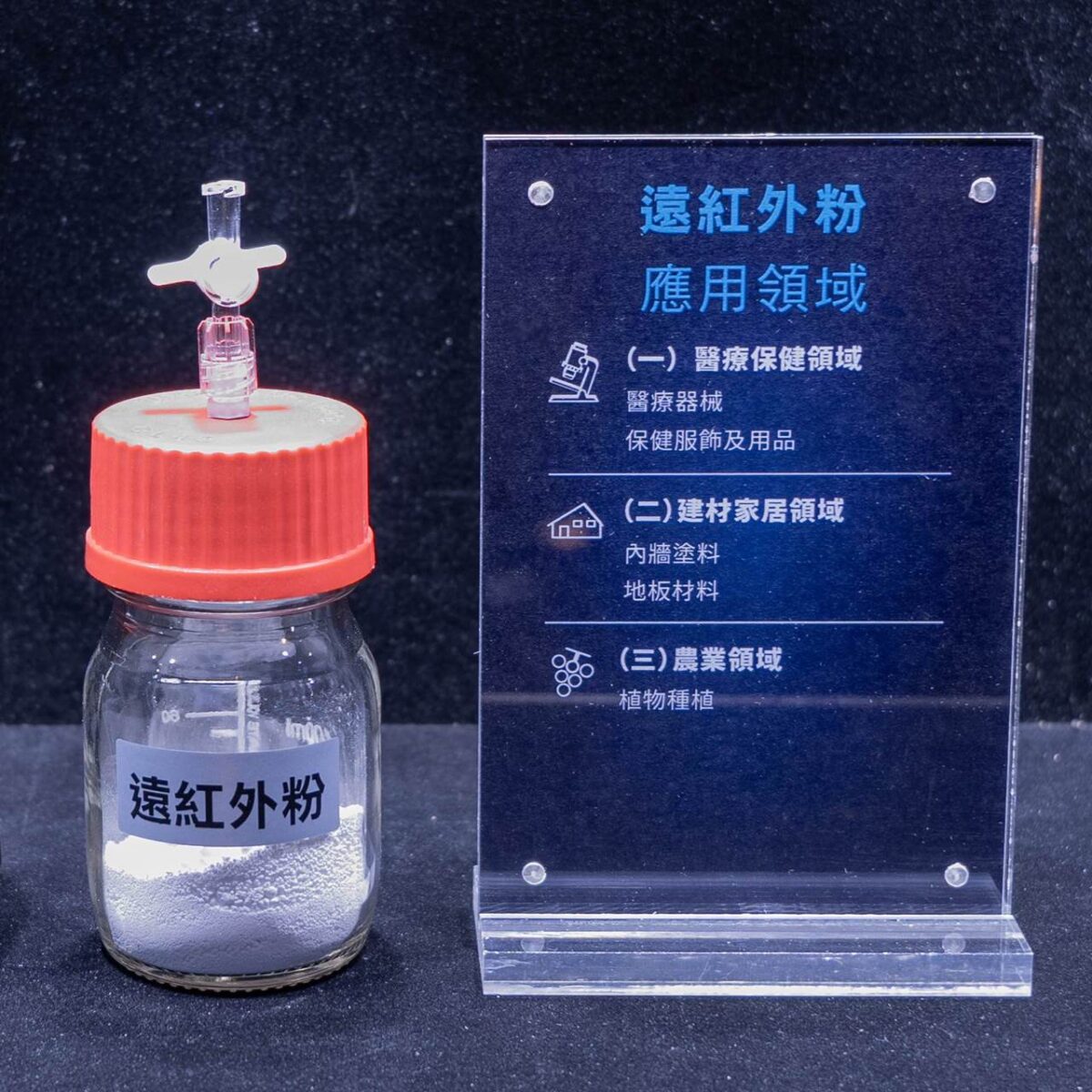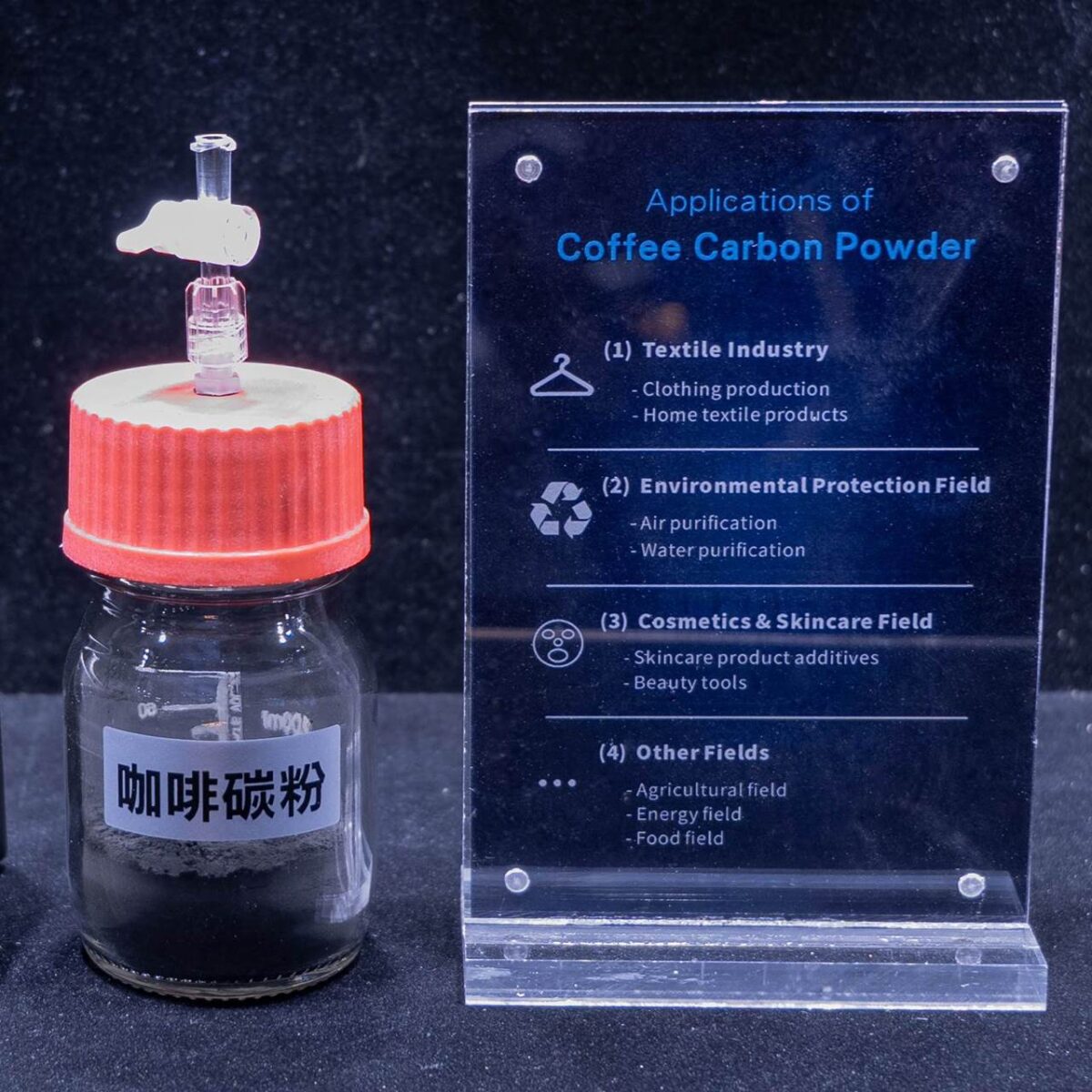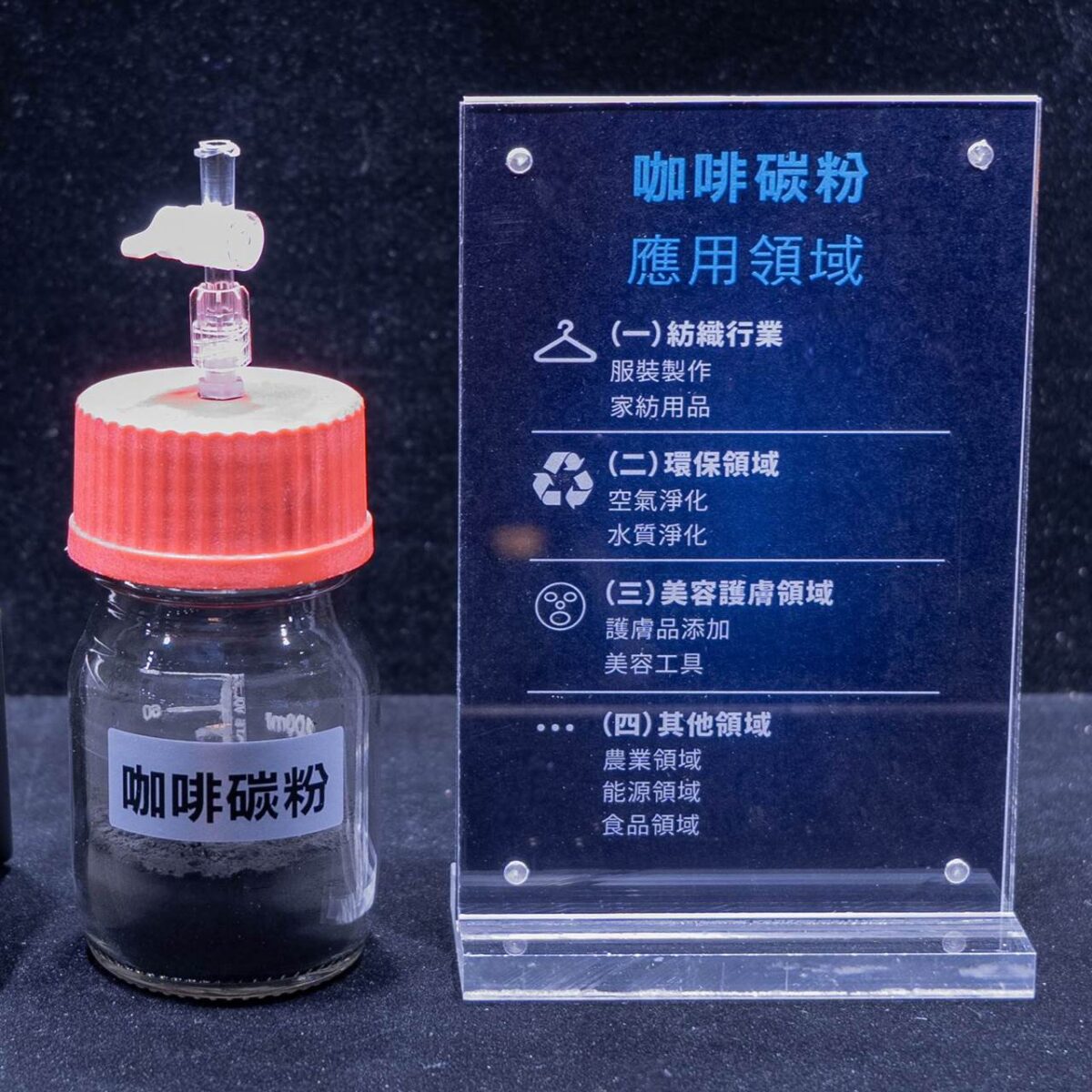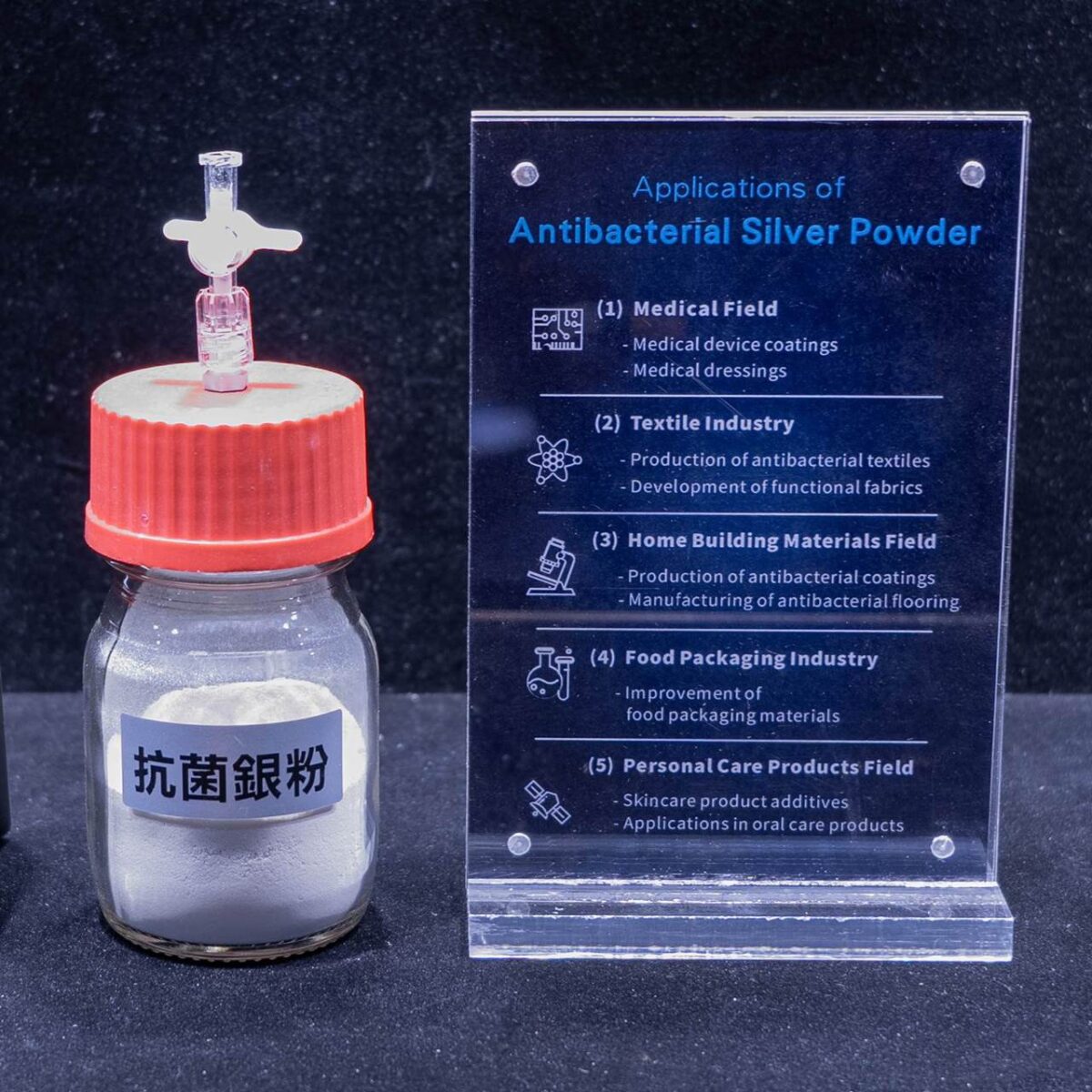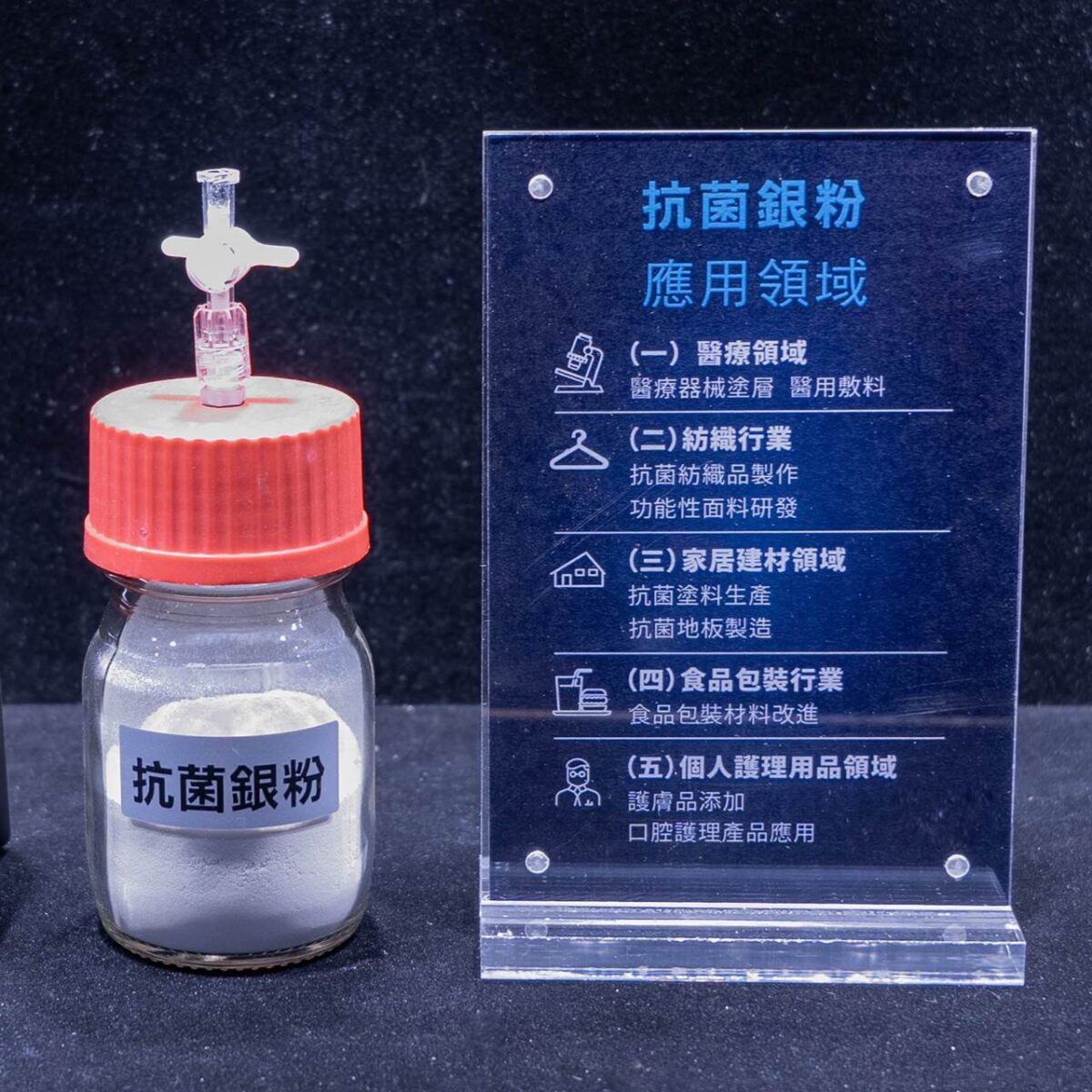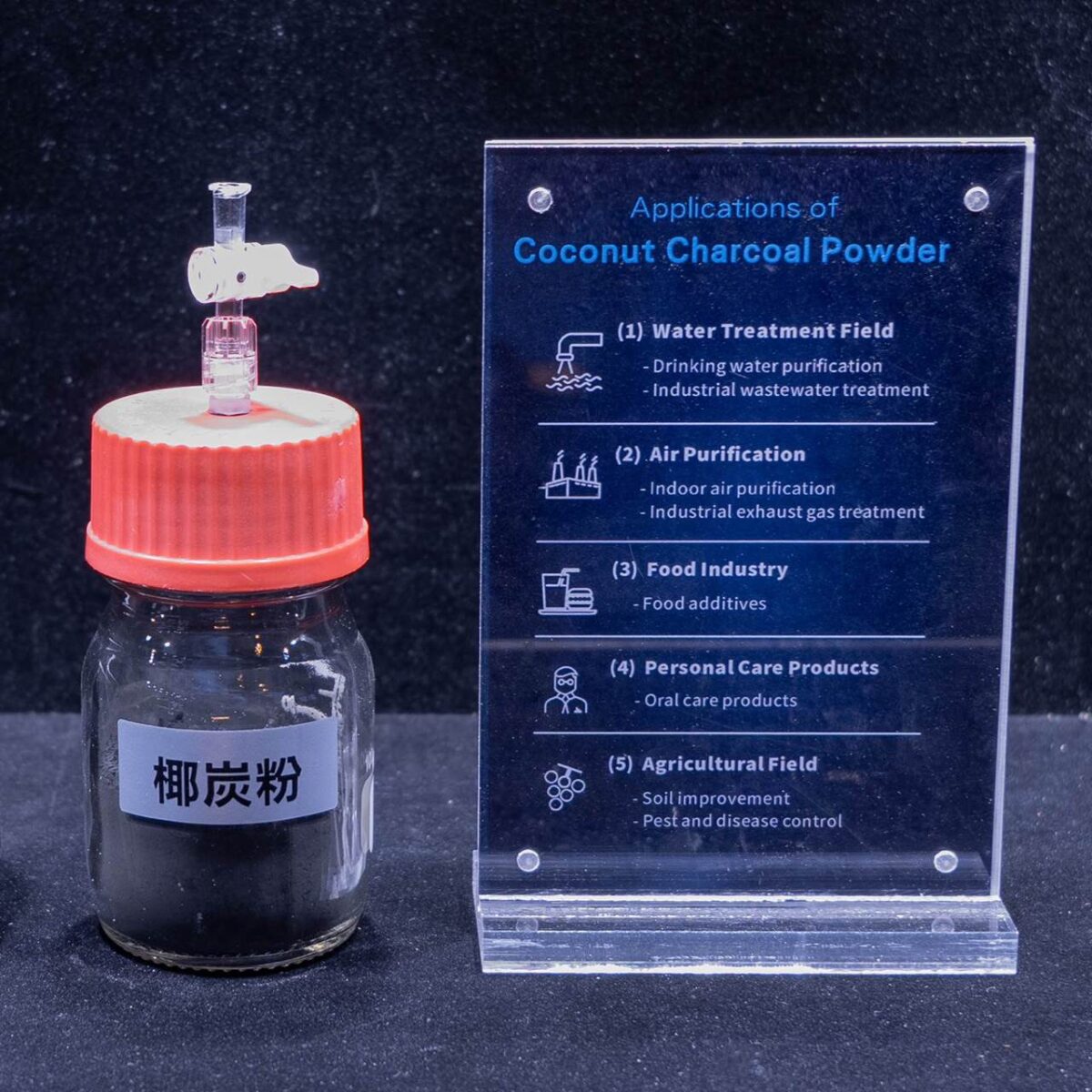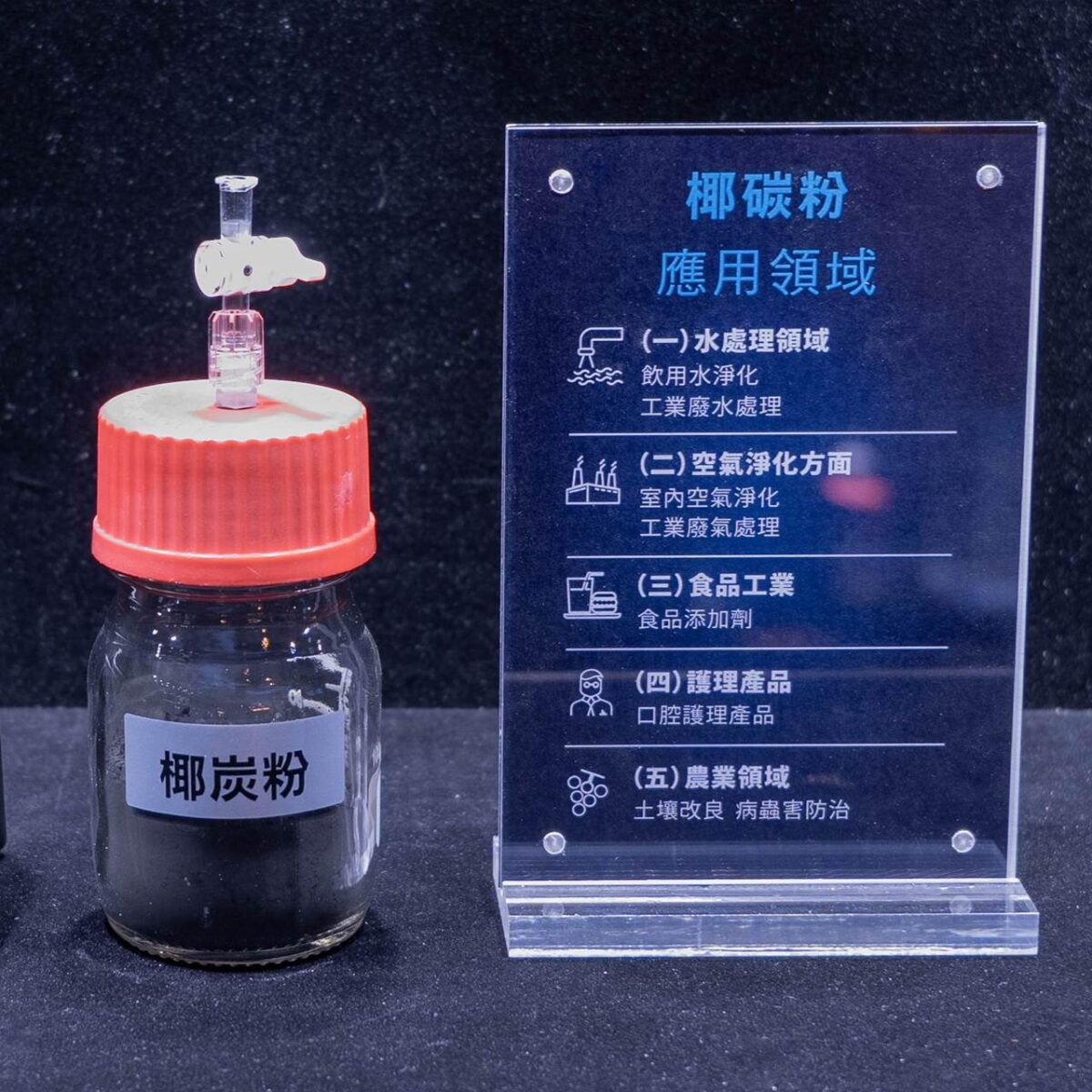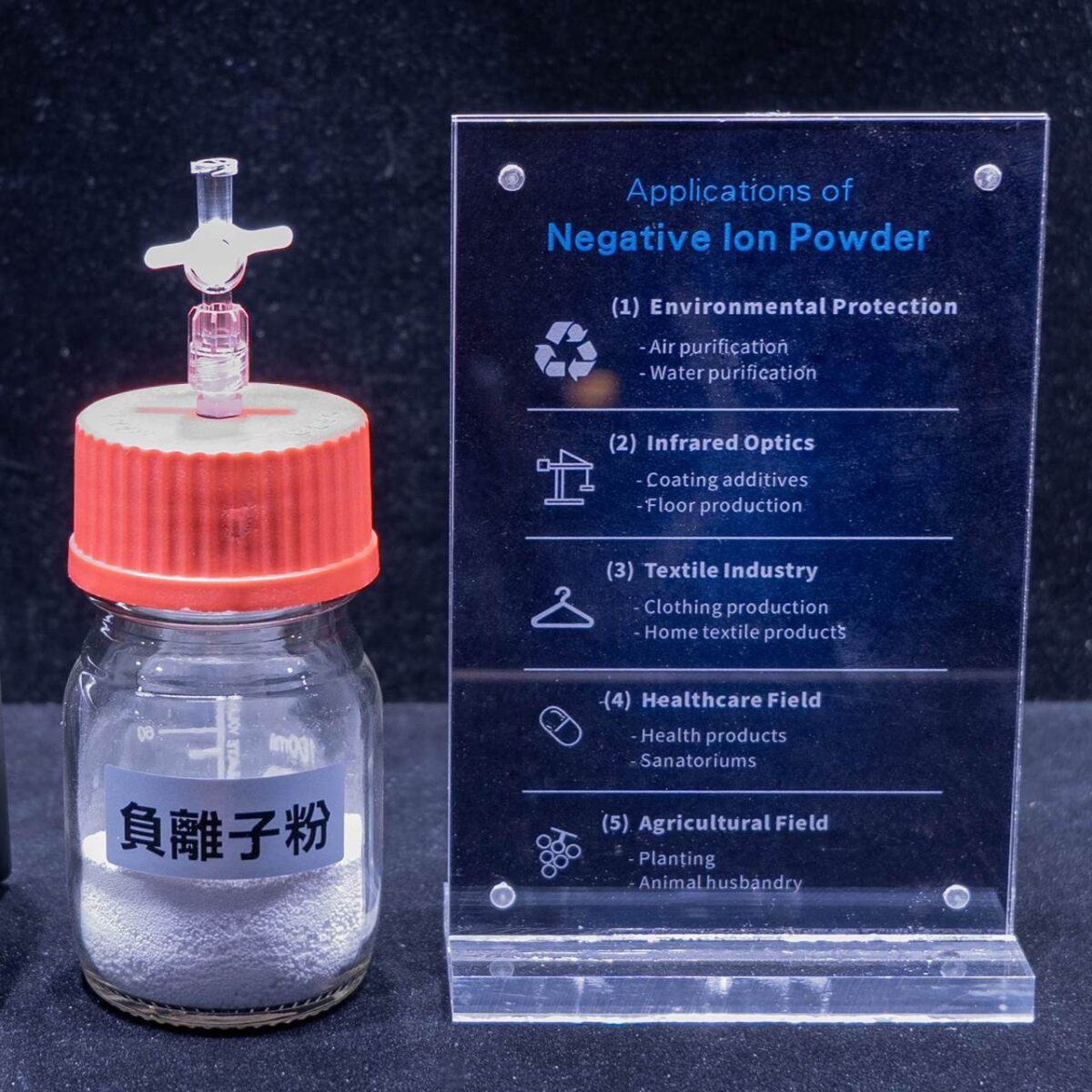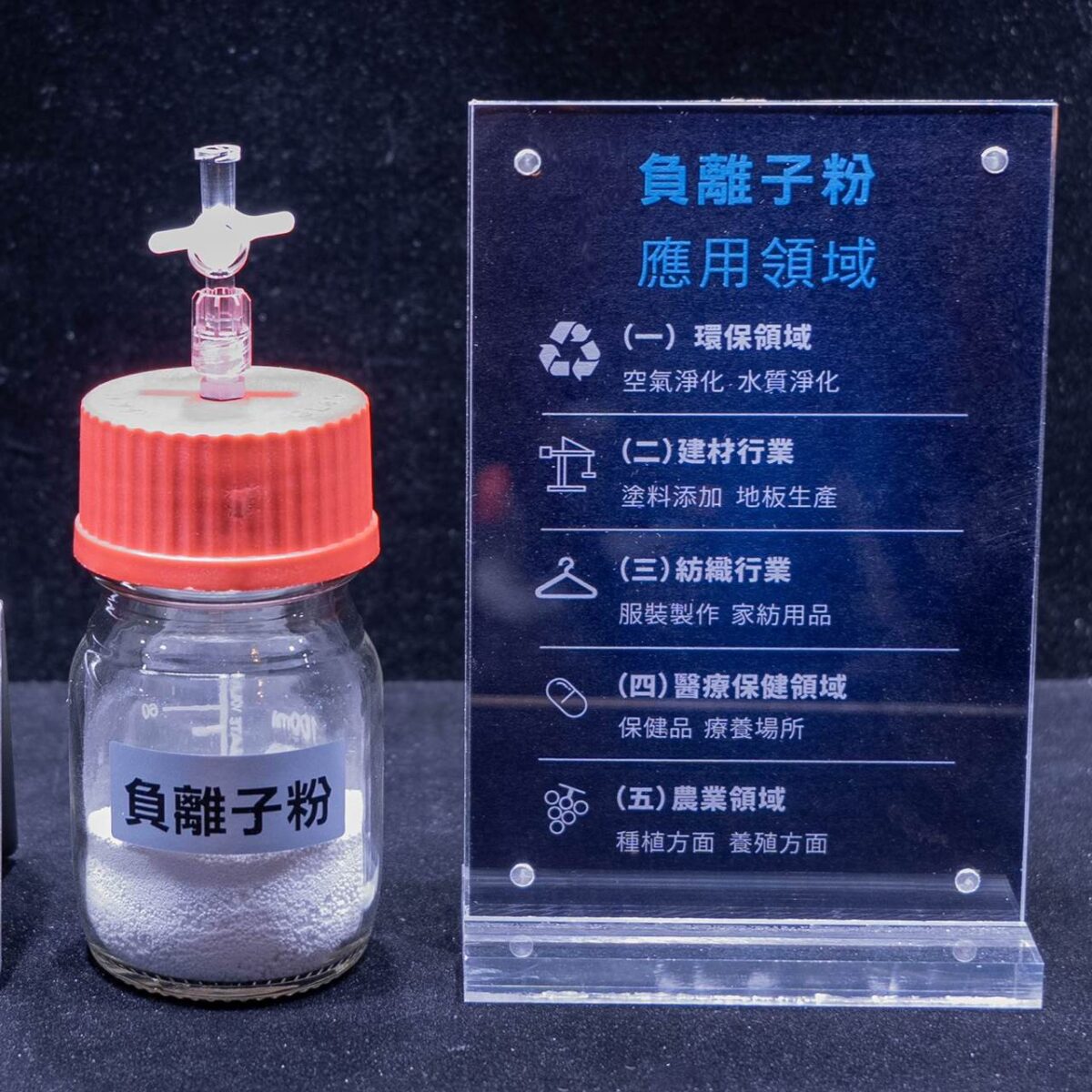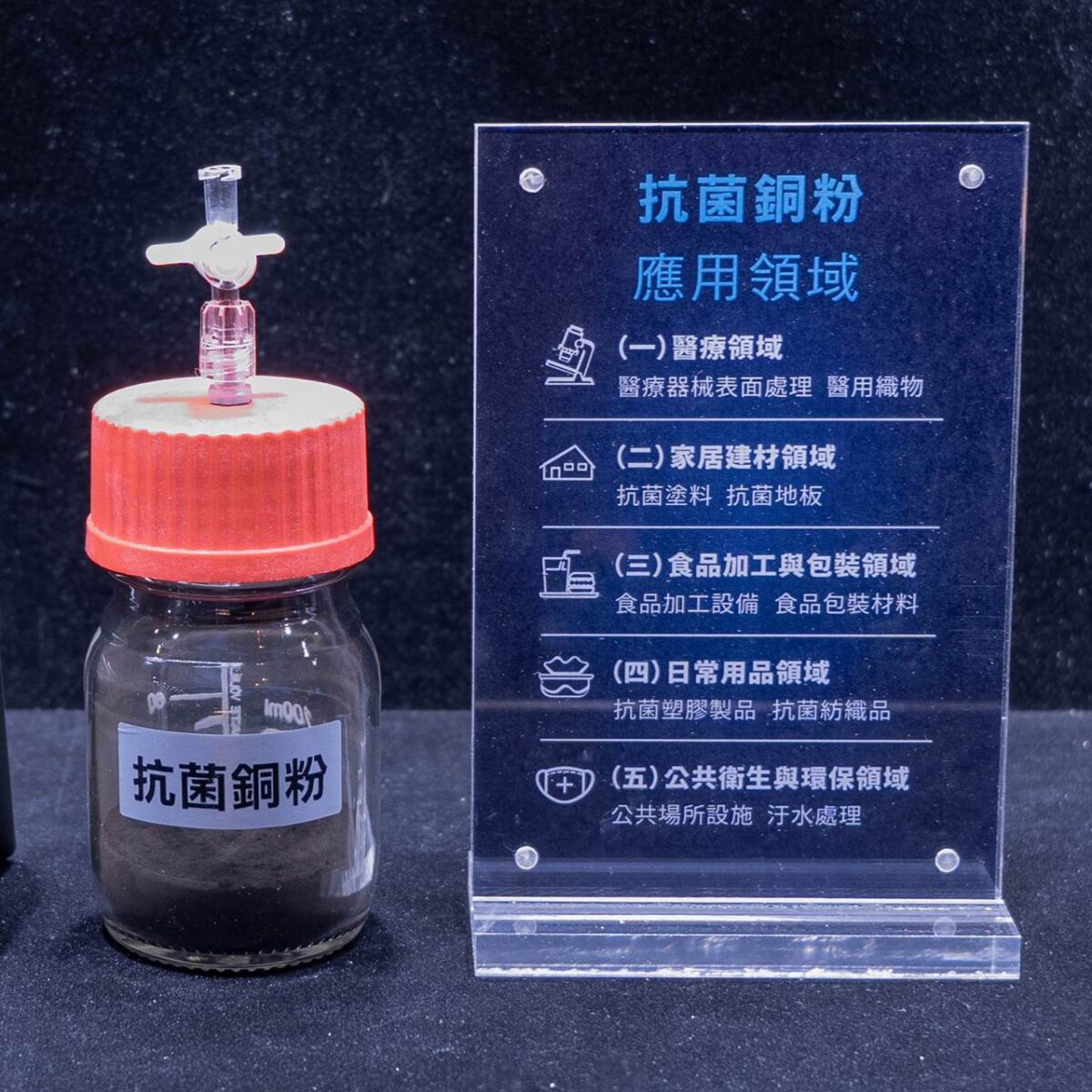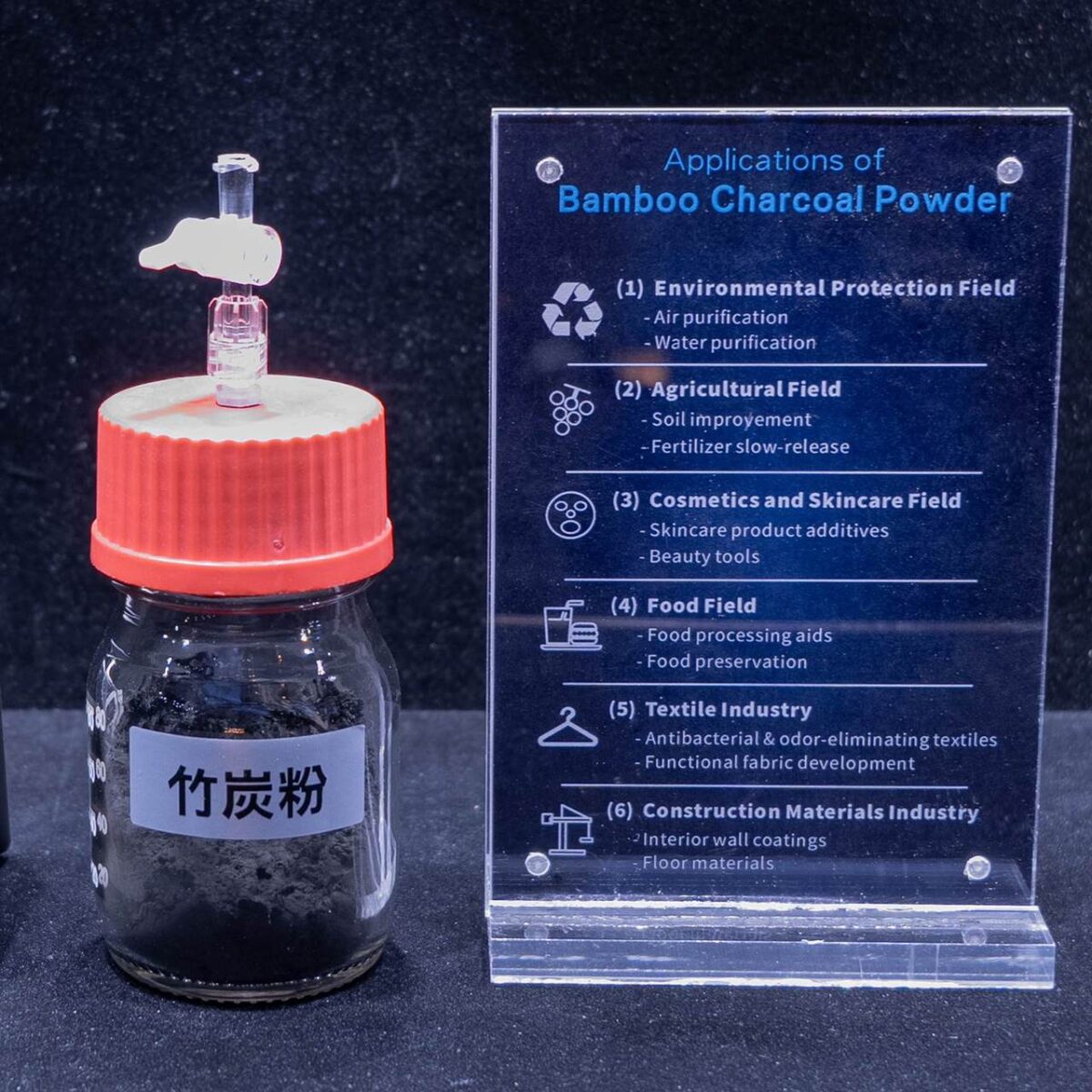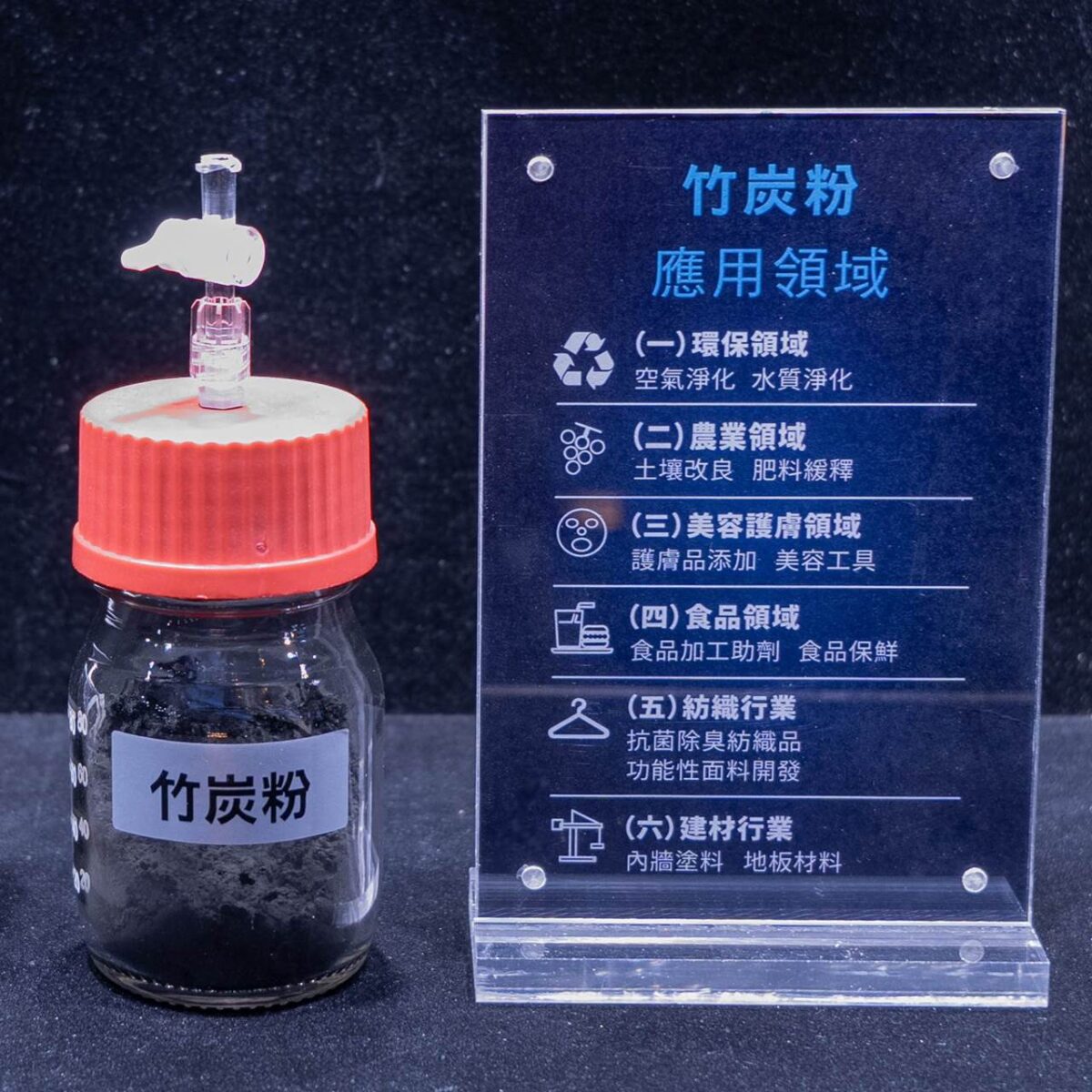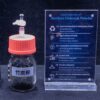Silicon Dioxide
Form and Appearance
Silicon dioxide exists in multiple forms. Amorphous silicon dioxide, such as that found in diatomite, is typically a white or light yellow powder with a loose texture. Crystalline silicon dioxide, like quartz crystals, has a regular hexagonal columnar shape, is colorless and transparent, and possesses a glassy luster.
Hardness and Density
Crystalline silicon dioxide has a high hardness, with a Mohs hardness of around 7, allowing it to leave scratches on many common materials. Its density varies depending on the crystalline form, ranging from 2.2 to 2.65 grams per cubic centimeter.
Solubility and Melting Point
Silicon dioxide is almost insoluble in water and common organic solvents, and it is highly chemically stable. It has a high melting point, typically around 1600°C to 1700°C, which enables it to maintain structural stability even at high temperatures.
Optical Properties
Crystalline silicon dioxide has excellent light transmittance, especially in the visible light range, which is one of the reasons it is used in the manufacture of optical instruments. It also has certain refractive and reflective properties, making it suitable for the design and processing of optical lenses.
Stability
Silicon dioxide is extremely chemically stable. At room temperature and pressure, it does not readily react with most common chemicals such as acids except hydrofluoric acid), bases, and salts. However, it reacts with hydrofluoric acid to produce silicon tetrafluoride gas and water. This unique chemical reactivity is utilized in specific industrial processes.
Oxidation and Reduction Characteristics
Silicon in SiO2 is in its highest oxidation state (+4). It is generally very difficult to oxidize further and typically exists as a stable oxide. Only under extreme reducing conditions can it be reduced to elemental silicon or other forms.
Adsorption
Amorphous silicon dioxide has a large specific surface area and porous structure, which gives it good adsorption properties. It can absorb impurities, small molecules, and gases or liquids. For example, diatomite (whose main component is silicon dioxide) is commonly used as an adsorbent for wastewater treatment and air purification.
Electrical Insulation
Silicon dioxide is an excellent electrical insulator. It is widely used in electronic component packaging and as an insulating material for electrical wires and cables. Its insulating properties effectively prevent electrical leakage and ensure the safe operation of electrical equipment.
Electronics and Information Field
Semiconductor Manufacturing
In the semiconductor industry, silicon dioxide is an essential base material. It is commonly used as an insulating layer and masking material in semiconductor chip manufacturing. For example, growing a layer of silicon dioxide film on a silicon wafer can effectively isolate different circuit regions, preventing electrical interference. It can also be patterned through photolithography to achieve complex circuit structures within the chip, playing a key role in improving chip performance and reliability.
Electronic Packaging
Silicon dioxide is used in electronic component packaging materials due to its excellent electrical insulation and chemical stability. It protects electronic components from environmental influences, such as moisture, dust, and corrosive gases, ensuring the stable operation of electronic devices in various complex environments and extending their service life. It is widely used in the packaging of integrated circuits.
Building Materials Industry
Glass Manufacturing
Silicon dioxide is one of the main raw materials for glass production. When mixed with substances like sodium carbonate and calcium carbonate and subjected to high temperature melting processes, it can be used to produce various types of glass products. These include common flat glass for building windows and automotive windshields, as well as specialty glasses (such as optical glass and tempered glass) for optical instruments and building safety applications.

